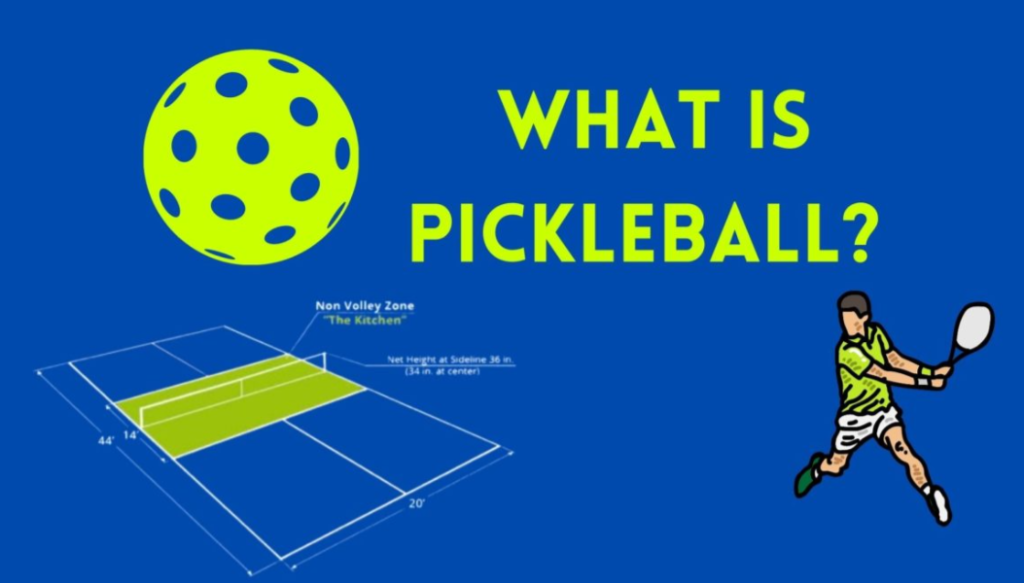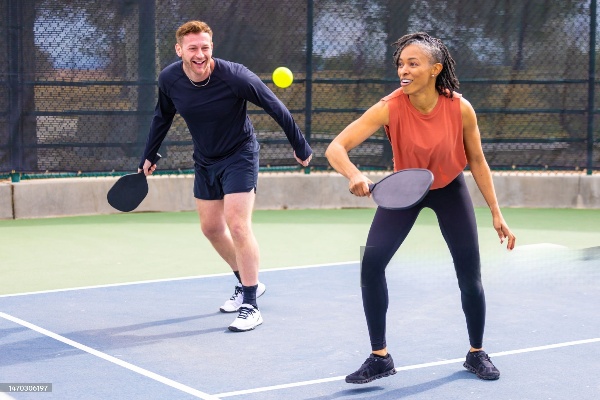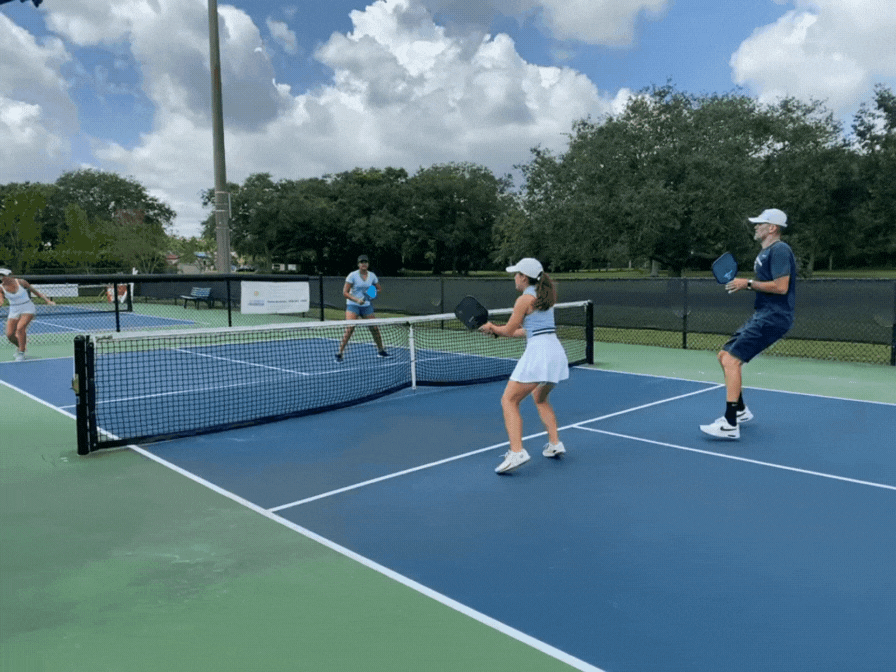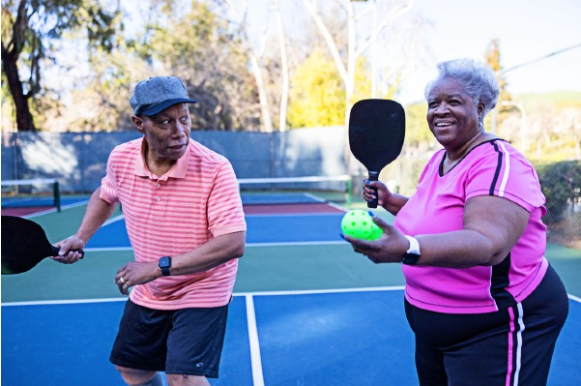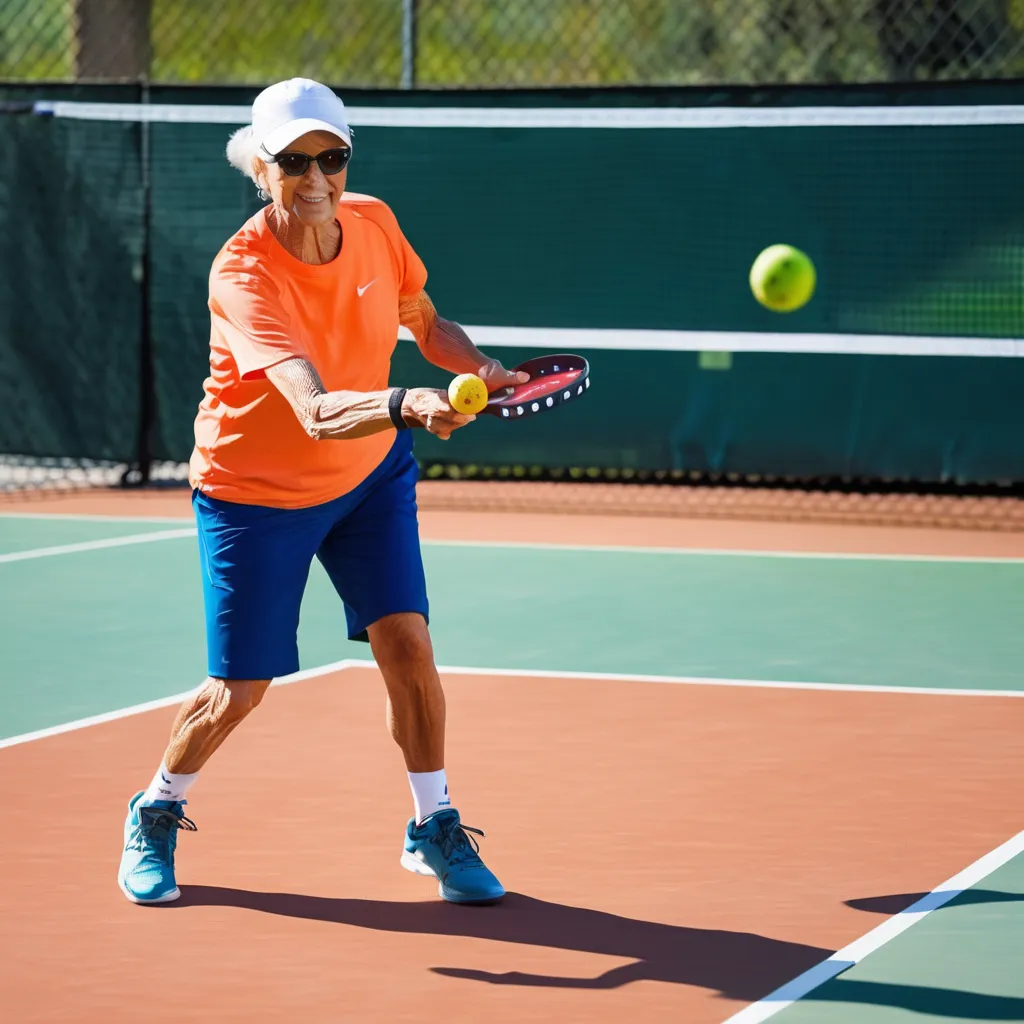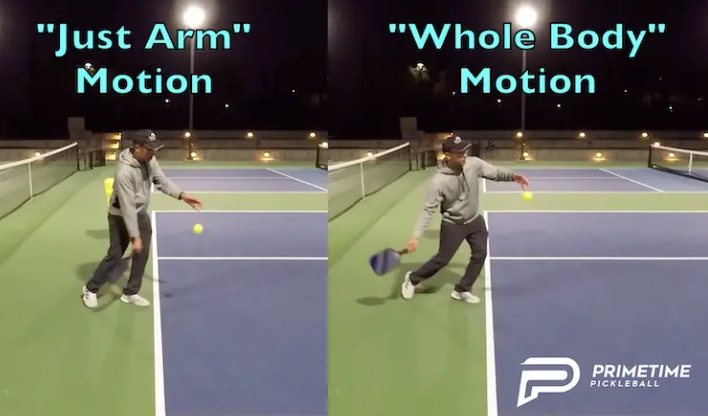Pickleball vs Tennis: What is the difference between pickleball and tennis?
Ever find yourself wondering what sets pickleball apart from tennis? Sure, they might look similar at first glance – both have nets, involve hitting a ball, and get you moving. But trust me, these sports are as different as night and day.
Imagine a sport that takes the best bits of tennis, adds its own twist, and creates something totally unique. That’s pickleball for you. From the size of the court to the way you play, we’re about to break down exactly what makes pickleball its own awesome game.
I’ve played both sports, and I can tell you right now: pickleball is more than just another racquet sport – it’s a game with its own identity and growing popularity in the athletic world.
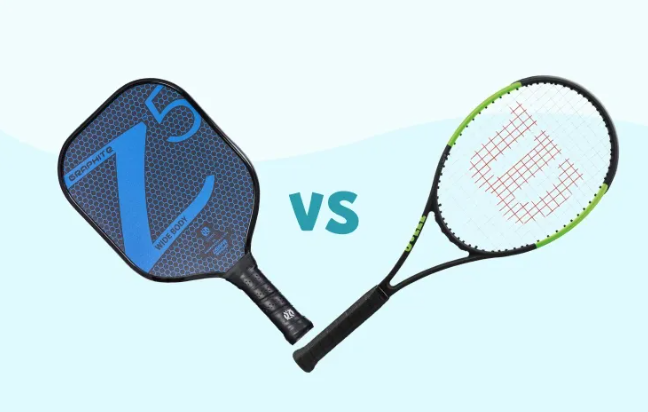
Pickleball vs. Tennis: Are They Related?
Tennis is an old sport and one of the inspirations for pickleball. The two games share an interesting relation.
Pickleball was originally invented in a congressman’s vacation home backyard in 1965. Three men combined three different racquet sports just because they didn’t have the complete equipment for any of them. A combination of table tennis, ping-pong, and badminton – that’s pickleball.
Clearly, this sport shares common features with all of them. The net, court size, and paddles, however, make it look extremely similar to tennis. Yet the ball used, and the kind of moves you can make are totally different in the two games.
While tennis remains the more popular one, pickleball is slowly becoming a favorite too. Infact, Lebron James has his own team in the national leagues!
The reasons are clear: It’s easy to understand, does not require heavy lifting, and can be played even on house lawns or backyards. Kids enjoy it for the simple equipment and easy-to-learn rules, while seniors prefer it as a fun alternative to exercise.
Pickleball vs Tennis: Differences Between the Two
Since we’ve been talking about the differences between tennis and pickleball, let’s take a closer look at their specifications:
| Factors | Pickleball | Tennis |
| Court Size | 44 ft x 20 ft for both singles and doubles | 78 ft x 27 ft for singles, 78 ft x 36 ft for doubles |
| Court Surface | Hardcourt or asphalt | Grass, clay, or hardcourt |
| Net Height | 3.5 ft at the sidelines, 3 ft at the center | 36 inches at the posts, 34 inches at the center |
| Ball | Plastic ball with perforations, lighter and slower | Felt-covered rubber ball, heavier and faster |
| Gameplay | Slower-paced, emphasizes strategy and placement | Faster, with powerful serves and volleys |
| Paddle/Racquet | Solid paddle, smaller and lighter | Stringed racquet, larger and heavier |
| Physical Endurance | Moderate, making it accessible for all ages | Heavy, requiring speed and strength |
| Popularity | Rapidly growing, especially in North America | Internationally widespread, played in Grand Slams |
| Scoring | Points are only scored by the server; games go to 11 (win by 2) | Points scored by either player; games go to 6 or tie-breaks |
| Primary Movement | Underhand only; ball must stay below waist level | Overhand or underhand; ball tossed into the air |
| Ease of Learning | Beginner-friendly | Requires advanced skill |
As you can see, even though the two sports look similar and have similar forms, they are vastly different when it comes to skill and endurance required.
Both have pro tournaments, but pickleball is much less popular than tennis internationally. However, PPA Tours and the WPC Series are gradually bringing global attention to the sport.
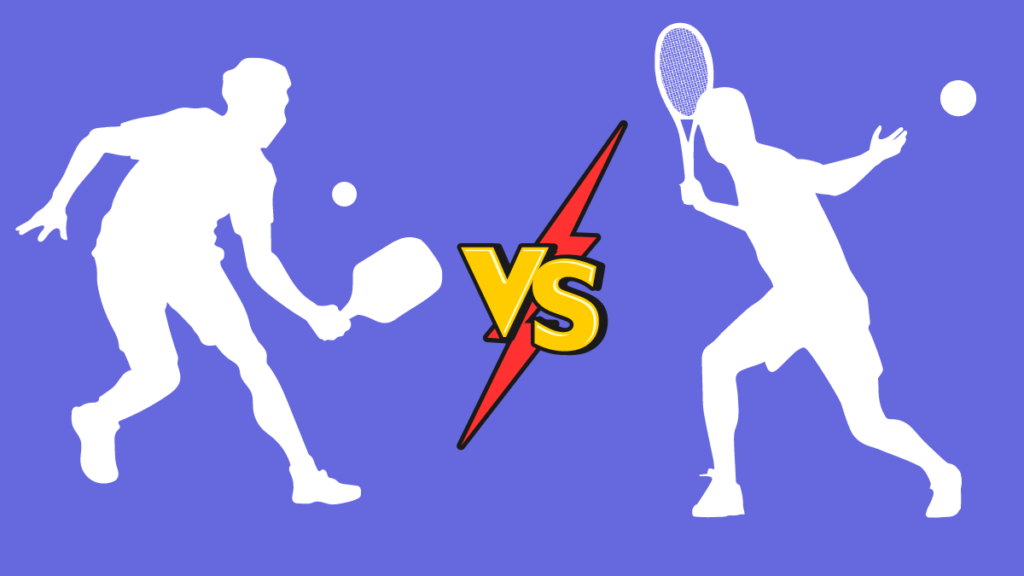
Pickleball vs Other Similar Sports:
Now that we understand how pickleball is different from tennis, let’s also look at some features that distinguish it from other similar sports.
|
Factors |
Pickleball |
Badminton |
Ping Pong |
Racquetball |
Squash |
|
Court Size |
20 ft x 44 ft |
20 ft x 44 ft |
Table: 9 ft x 5 ft |
20 ft x 40 ft |
21 ft x 32 ft |
|
Court Surface |
Outdoor/indoor with hard surface |
Indoor/outdoor with hard surface/grass |
Table with hard surface |
Indoor court with walls |
Indoor court with walls |
|
Net Height |
36 inches (ends), 34 inches (center) |
5 ft at center, 5 ft 1 in at sides |
6 inches above table |
No net; ball hits walls |
No net; ball hits walls |
|
Ball |
Perforated plastic ball |
Feathered/plastic shuttlecock |
Lightweight celluloid/plastic ball |
Hollow rubber ball |
Rubber ball |
|
Gameplay Area |
Courts with Nets |
Open court |
Tabletop |
Enclosed with walls |
Enclosed with wall |
|
Paddle/Racquet |
Solid paddle (wood/composite) |
Strung Racquet |
Small paddle (wood/composite) |
Strung Racquet |
Strung Racquet |
|
Physical Endurance |
Moderate |
High |
Little |
High |
High |
|
Popularity |
USA, Canada, Australia |
Asia, Europe, America |
Globally |
USA, Mexico, South America |
Europe, Asia, North America |
|
Scoring |
Up to 11 or 15, win by 2 |
Up to 21, win by 2 |
Up to 11, win by 2 |
Up to 15, win by 1 |
Up to 11, win by 2 |
|
Primary Movement |
Short sprints and lateral movements |
Dynamic sprints, jumps, and lunges |
Minimal movement; reflex-based |
Fast sprints and lateral movements |
Constant movement within walls |
|
Ease of Learning |
Beginner-friendly |
Moderate skill required |
Beginner-friendly |
Moderate to advanced skill required |
Requires advanced skill |
This comparison shows how pickleball can easily top the list of simple, competitive, friendly, and accessible games. You can understand its rules, locate its equipment, and find a spot to play without much effort.
Wrapping Up
Pickleball’s combination of simple gameplay, little to no physical demand, and versatility makes it enjoyable for players of all ages and skill levels. As the sport continues to grow in popularity, it brings generations together and offers a healthy form of entertainment.
While it is quite different from other sports, as we discussed, you can obviously start by using their equipment for pickleball. However, once you get a hint of the rules, it’s better to shift to gear designed specifically for pickleball.
So, step onto a court, pick up your paddle, and enjoy the thrill of the game!


